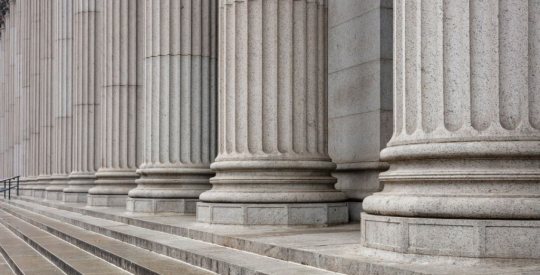Federal Reserve officials once again agree that the U.S. economy continues to grow at a modest pace, but members of the Federal Open Market Committee still don’t think it’s not enough to warrant any change in the controversial $600 billion bond-buying plan, known as Quantitative Easing 2. At its Dec. 14 meeting, the FOMC chose to keep the federal funds target rate at next to nothing – 0% to 0.25% — as it has for two full years now, and maintained plans to reinvest principal payments from its securities holdings into about $75 billion of long-term Treasury securities each month through the end of the second quarter. The so-called quantitative easing is “to promote a stronger pace of economic recovery and to help ensure that inflation, over time, is at levels consistent with the committee’s mandate,” according to the minutes of the latest meeting released Tuesday. That dual mandate of promoting stable inflation levels with maximum employment lately has come under fire from analysts in the secondary market. FOMC members emphasized the timing and size of the bond purchases remains contingent on economic and financial developments, but “some indicated that they had a fairly high threshold for making changes to the program.” Yet again, Thomas Hoenig, president of the Federal Reserve Bank of Kansas City, cast the lone dissenting vote, as he continues to believe the high level of monetary accommodation increases the risk of economic and financial imbalances. He also doesn’t think the benefits of the QE2 outweigh costs. Paul Ashworth, the chief US economist for Capital Economics notes that the minutes “reveal that, despite signs the U.S. economic outlook was improving, Fed officials were in no rush to scale back QE2.” “Despite the rapid rise in Treasury yields since the Fed originally unveiled QE2 in early November, officials still believe that quantitative easing works,” he said. Fed officials expect activity in the housing sector to remain weak, as weakened demand faces an elevated supply of homes and the overhang of foreclosed homes continue to weigh down prices. The FOMC also said financing conditions for commercial real estate remain tight. The FOMC meets again Jan. 25 and 26. Write to Jason Philyaw.
FOMC minutes show little motivation to change QE2, ZIRP
Most Popular Articles
Latest Articles
DOJ charges one of America’s top LOs in alleged mortgage fraud scheme
Christopher Gallo was charged with one count of conspiracy to commit bank fraud.
-
Top Producer Review: Features, pricing & alternatives
-
A&D Mortgage names new servicing manager
-
HUD aims to help protect communities from extreme heat
-
Freedom Mortgage founder addresses ’extraordinary’ credit profiles, profitability and products
-
Realty One Group joins growing list of firms to settle commission lawsuits



